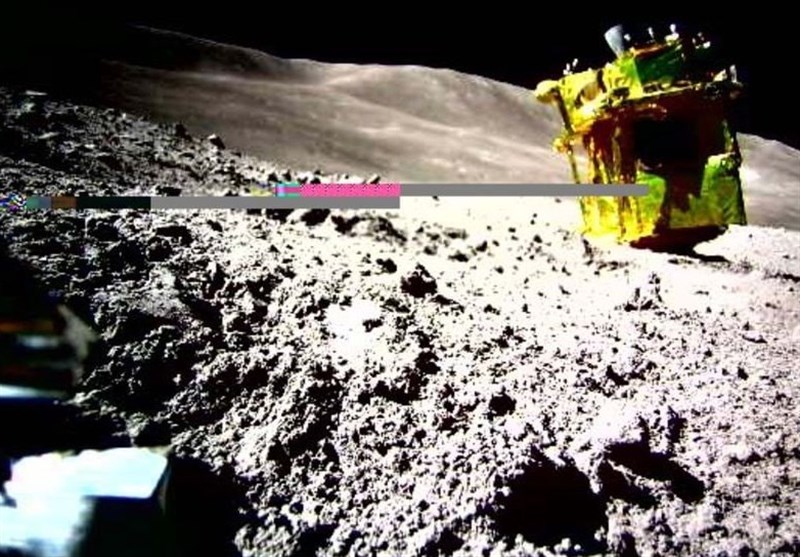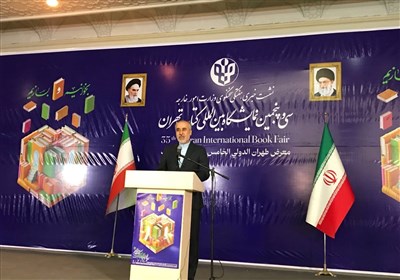Japan's SLIM Lander Sets Stage for Future Lunar Precision Landings
TEHRAN (Tasnim) – The technology facilitating SLIM's precise moon landing is poised to aid future spacecraft touchdowns, allowing for landings in small, rocky, or uneven areas, said Mariel Borowitz, an Associate Professor at the Georgia Institute of Technology.
Japan's Smart Lander for Investigating the Moon (SLIM) successfully landed on the moon on Jan. 20, 2024, marking Japan as the fifth country globally to achieve this milestone.
Despite solar cell issues limiting its operational timeframe, SLIM's lunar landing holds both political and technical significance, establishing Japan as a space technology leader. The mission underscores Japan's commitment to advancing research and technology while contributing to the growing global interest in lunar exploration.
Japan's precision-landing technology showcased by SLIM allows spacecraft to land in small, specific areas, crucial for future missions focused on the lunar south pole's distinct regions of interest. The lander, designed for a 328-foot (100-meter) zone landing, carried two rovers demonstrating innovative moon-travel technologies.
Lunar Excursion Vehicle 1, equipped with a camera and scientific instruments, uses a hopping mechanism for moon travel. Lunar Excursion Vehicle 2, a partnership between government, industry, and academia, is a sphere that separates into halves, enabling it to roll on the lunar surface.
SLIM utilized a vision-based navigation system, comparing lunar surface images to crater patterns on developed lunar maps. This precision technology becomes vital as countries target resource-rich lunar areas, avoiding hazards and ensuring safe landings.
Japan's success in lunar exploration, following recent attempts by China, India, and the US, underscores its significant role in global space endeavors. While NASA faces delays in its Artemis mission, the US remains a leader in space and lunar exploration, employing a combination of large-scale internal efforts and collaborations with commercial entities for innovation and growth.
JAXA's partnership with the US includes the development of a pressurized lunar rover, a crucial component of the Artemis missions, highlighting the collaborative efforts shaping the future of lunar exploration.






